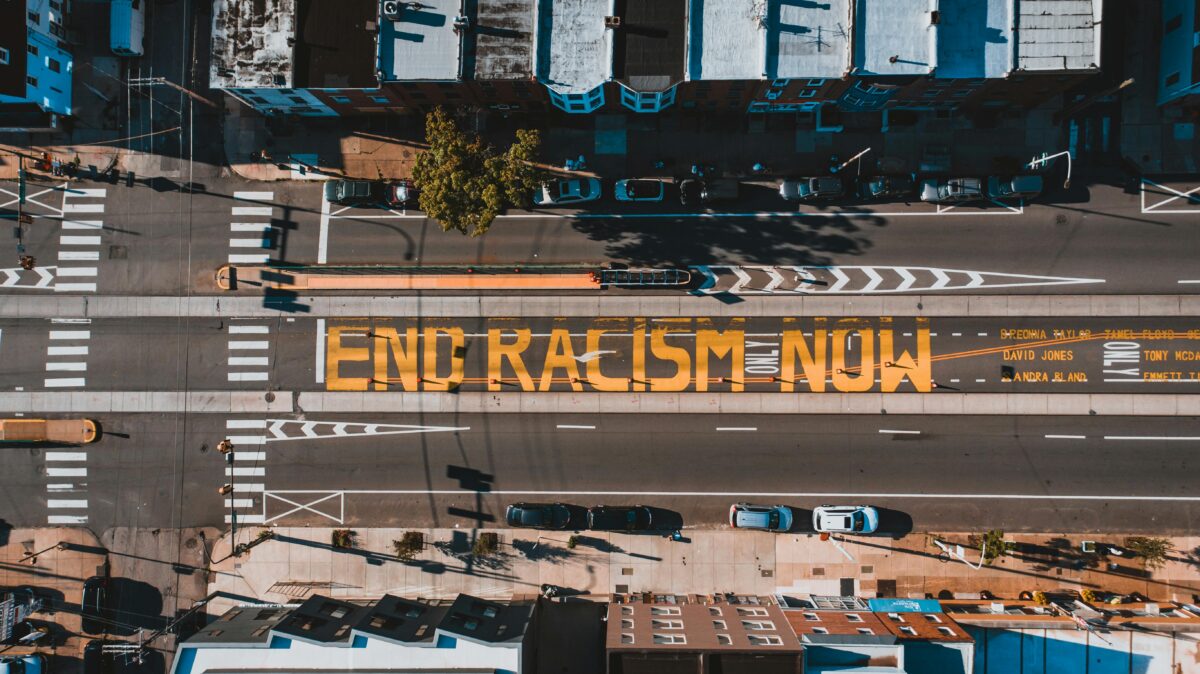Understanding Racism and Its Impact
Racism is a pervasive issue that manifests in various forms across societies, affecting individuals and communities profoundly. It involves the use of race as a basis for discrimination, leading to unequal treatment and systemic, and sometimes systematic, oppression. This blog aims to explore the multifaceted nature of racism, its implications on mental health, and the ongoing efforts to combat it.
Forms of Racism
Racism can be understood through several distinct but interconnected forms, reflecting the complexities of prejudice and discrimination in society. Through our Circle of Bias model, US2 Consulting identifies the following categories:
- Implicit Racism: This form refers to unconscious biases and attitudes that individuals may hold towards others based on their race. Implicit racism often manifests in subtle ways, influencing decisions and behaviors without the individual’s awareness. Research shows that these biases can affect interactions in various settings, including workplaces and educational institutions.
- Explicit Racism: Unlike implicit racism, explicit racism involves overt and intentional discriminatory actions or beliefs. This includes hate speech, racial slurs, and other forms of direct hostility towards individuals or groups based on their race. Explicit racism is often easier to identify but remains a significant barrier to achieving racial equity.
- Systemic Racism: Systemic racism refers to the entrenched policies and practices within institutions that perpetuate racial inequality. This form of racism is embedded in the fabric of society, affecting access to resources, opportunities, and justice for marginalized groups. It encompasses a wide range of issues, including disparities in healthcare, education, and criminal justice systems.
- Systematic Bias: This term describes the patterns of discrimination that arise from established norms and practices within organizations or systems. Systematic bias can occur even in the absence of explicit racist intent, as it often results from cognitive biases and structural inequalities that disadvantage certain racial groups over time. Addressing systematic bias requires a comprehensive understanding of how institutional frameworks contribute to ongoing disparities.
By recognizing these forms of racism, we can better understand their impact on individuals and communities, paving the way for effective strategies to combat discrimination and promote equity.
The Mental Health Consequences of Racism
Racism significantly impacts mental health, contributing to trauma and stress among affected individuals. Research indicates that racialized communities often experience heightened levels of anxiety, depression, and other mental health issues due to the persistent threat of discrimination and marginalization. The Mental Health Foundation emphasizes that racism is not just a social issue but a critical public health concern that requires urgent attention.
Socioeconomic Factors and Health Inequalities
The intersection of racism with socioeconomic factors exacerbates health disparities. Individuals from racialized backgrounds often face challenges such as unemployment, poor living conditions, and limited access to healthcare services. These factors are intertwined with systemic racism, which creates barriers to achieving equitable health outcomes. For instance, policies that segregate communities can lead to concentrated poverty and reduced access to essential resources.
Global Perspectives on Racism
Racism is not confined to any single nation; it is a global phenomenon. The United Nations has recognized racism as a “persistent plague” that undermines fundamental human rights and dignity. The COVID-19 pandemic has further highlighted existing inequalities, with marginalized groups facing increased discrimination and stigmatization.
Addressing racism requires collective action at all levels of society. Organizations like the Mental Health Foundation are working towards anti-racist practices by providing resources and support for those affected by racism. Community initiatives aim to empower individuals through education and advocacy, fostering environments where everyone can thrive without fear of discrimination.
Racism remains a significant barrier to achieving social justice and equity. It is imperative for individuals, organizations, and governments to engage in meaningful dialogue and action against racism. By understanding its complexities and acknowledging its impact on mental health and wellbeing, society can move towards a more inclusive future where everyone is treated with dignity and respect.
Stay Informed and Get Involved!
At US2 Consulting, we believe in the power of informed communities to drive change. By subscribing to our newsletter, you can stay updated on our latest insights, resources, and initiatives aimed at combating racism and promoting equity. Join us in this vital conversation—together, we can make a difference!
Subscribe Now to receive our newsletter and be part of the movement towards a more inclusive future!





